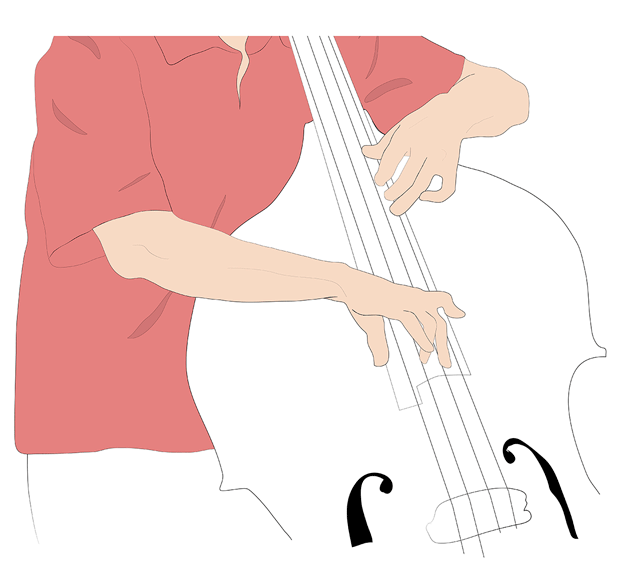The Alexander Technique is a simple yet fundamental experiential approach for remaining aware of oneself in any situation in life, while going into our daily or professional activities.
Good use of oneself
We can all quite easily recognize people who are confident, efficient, poised, resilient and reassuring. Their age makes not difference. The events they are going through make no difference. The activity they are performing makes no difference. We can see they remain in control of themselves and are quiet inside, that they have an open attitude, that they are precise and quick, that they learn from their mistakes.
Watch a good dancer, a good carpenter, a good pilot, a good musician, a good acrobat, a good speaker, a good cook, a good gardener, a good you when you are at your best and doing what you are good at.
Harmful use of oneself
And we also can easily spot somebody who is afraid, tensed, rigid, stubborn; somebody who lacks precision, speed or adequacy. This person may be us when we are out of control, down, stressed, overtired, unsure or frustrated.
Injury
Sometimes we hurt or injure ourselves and we then need sometime to recover and come back to a reliable state of functioning.
The Alexander Technique can help in this process by making sure we do not remain dependent on protective reactions we might have developed while trying to get better.
Illness
We might also become ill and experience new states of lower functioning, losing habitual reassuring sensations well-being.
The Alexander Technique can help us create reliable sensations and prevent us from developing automatic reactions to fear.



